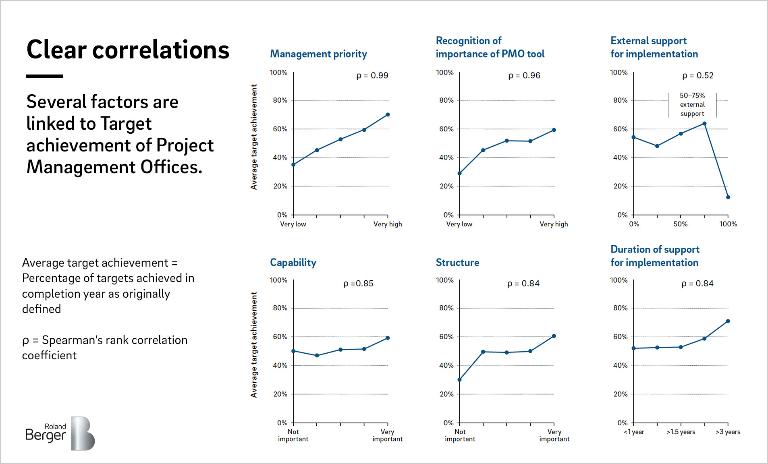How transformation projects can be managed successfully
![{[downloads[language].preview]}](https://www.rolandberger.com/publications/publication_image/Roland_Berger_PMO_Cover_download_preview.jpg)
Project management offices are the key success factor in corporate transformation programs. But all too often, the success of PMOs is impacted by poor planning and a lack of resources. We show how companies can set up the optimal PMO for their transformation program.






